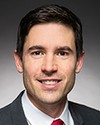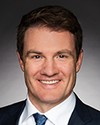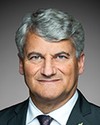On October 9, the AER reported a leak of 662 cubic metres from the Fort Hills site. That is a site, of course, that you've approved to expand despite the impact it's going to have on incredibly ecologically important wetlands.
Just a few days ago, the AER noted, “Further investigation of this matter indicated the unplanned release volume may have been closer to 10,000 cubic metres”, and that Suncor had informed the AER that the “unplanned release may have been in effect since June 2022 and believe the cause of the release is likely to be a faulty valve.”
Mr. Pushor, forgive me if this sounds familiar, but it seems to me that the design of many of these tailings ponds is much like a sieve. Could you tell this committee how much leakage from tailings ponds into the environment does the AER find acceptable?





